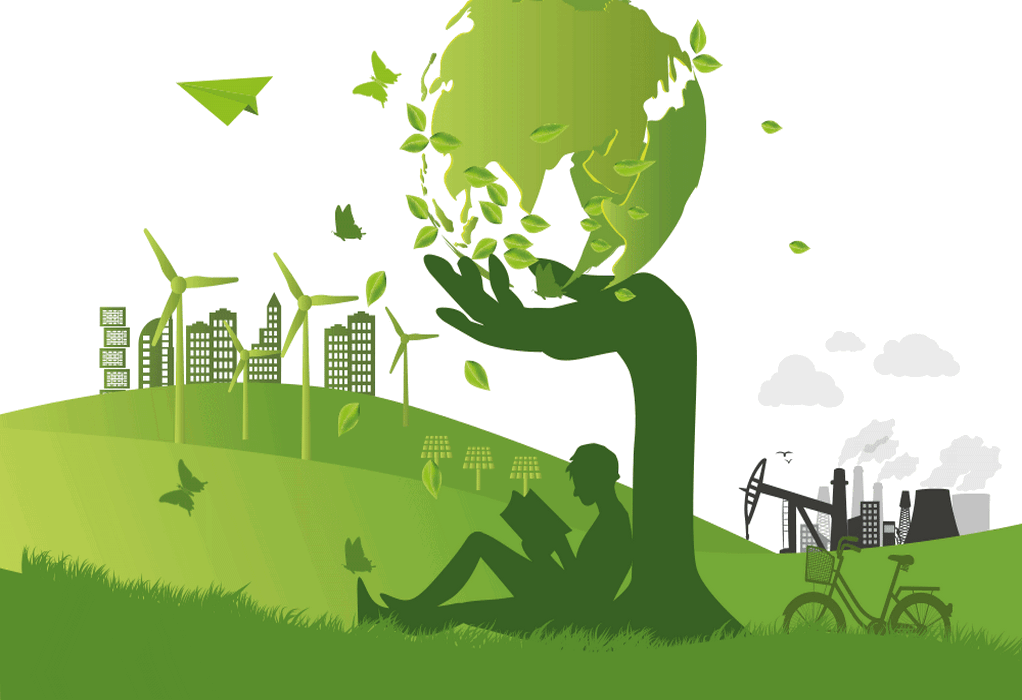At the COP26 Climate Change Conference taking place in Glasgow, a key question is what do all the new pledges by different countries to reduce emissions mean for global warming? This was a central question we addressed in the IEA’s recent World Energy Outlook 2021 (WEO-2021), and we are continuing to update that analysis.
By the time WEO-2021 was published in mid-October, more than 120 countries had announced new targets for emissions reductions by 2030, and governments representing about 70% of global carbon dioxide (CO2) emissions had pledged to bring those emissions to net zero by 2050 or soon after. Despite this momentum, those ambitions still fell short of what was called for in the Paris Agreement that was reached at COP21 in 2015. Ahead of COP26, WEO-2021 showed that even if all announced pledges were implemented in full and on time, the world would be headed for 2.1 °C of warming by the end of the century, missing the goals of the Paris Agreement and hugely increasing climate risks.
Since mid-October, however, more countries have been raising their ambitions. Indian Prime Minister Narendra Modi strengthened the country’s 2030 targets, and pledged to hit net zero emissions by 2070. Several other large economies have also announced pledges to reach net zero emissions. The announcements have not been limited to CO2 emissions, with more than 100 countries promising to cut emissions of methane – another potent greenhouse gas – by 30% by 2030. As recent IEA analysis shows, rapid actions to reduce methane emissions from fossil fuel operations provide the most impactful way to limit near-term climate change.
Our updated analysis of these new targets – on top of all of those made previously – shows that if they are met in full and on time, they would be enough to hold the rise in global temperatures to 1.8 °C by the end of the century. This is a landmark moment: it is the first time that governments have come forward with targets of sufficient ambition to hold global warming to below 2 °C.
What’s still needed: Higher ambition, strong implementation, clear tracking
But even as we welcome this progress, we must also sound a note of caution: 1.8 °C is still above the Paris Agreement target of limiting global warming to well below 2 °C and pursuing efforts to limit it to 1.5 °C. Scientists have clearly warned of the major climate risks of breaching the 1.5 °C limit. Our latest analysis – reflected in an Announced Pledges Scenario updated to include all the recent announcements – shows that even with these new commitments, we still fall well short of what is needed to keep the door open to 1.5 °C. This would require rapid progress on reducing emissions between now and 2030. But all the climate pledges made globally as of today still leave a 70% gap in the amount of emissions reductions needed by 2030 to keep 1.5 °C within reach. Governments are making bold promises for future decades, but short-term action is insufficient.
What is essential is for governments to turn their pledges into clear and credible policy actions and strategies today. Ambitions count for little if they are not implemented successfully. Tracking and accountability will be critical to ensure countries and companies are following through on their promises. At the request of the United Kingdom’s COP26 Presidency, the IEA will lead the tracking of global progress against the Glasgow Breakthroughs – five goals aimed at driving down the costs of clean technologies. Meeting these goals will be essential to enabling the achievement of governments’ long-term net zero pledges.
The IEA and its partners will publish the results of our tracking work every year so the world can see where things stand. To do this, we will draw on our years of expertise working on data collection, energy system analysis and policy development. Drawing on our Global Roadmap to Net Zero by 2050, we will also provide policy advice to governments on how they can bring their emissions in line with their pledges while still ensuring their clean energy transitions are secure, affordable and fair.
Source: IEA
Tags: COP26, Fossil Fuel, Net zero Emissions

Recent Posts
GCMD completes biofuel supply chain trials with Hapag-Lloyd
Airbus partners with Avolon on hydrogen aviation
Nuclear power transition more safe option for decarbonisation than coal
ABS presents industry’s first advisory on ammonia bunkering
AW Shipping orders multiple dual-fuel vessels from China
HIF Global partners with Airbus to advance development of SAF
ASL Aviation signs agreement with ZeroAvia for retrofit
AM Green plans to invest $1 bn to set up 2G biofuel plants